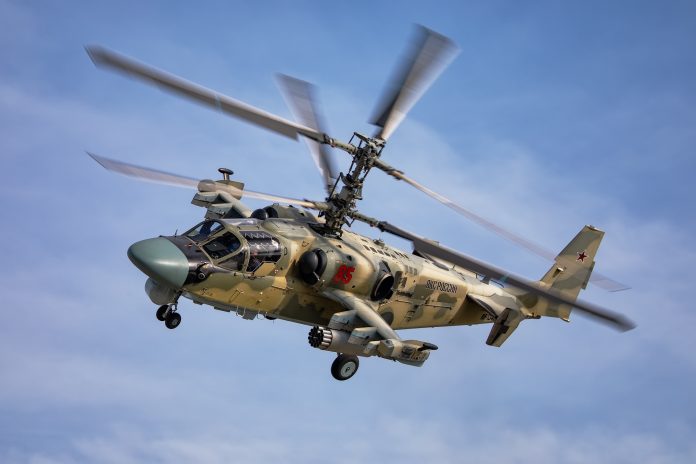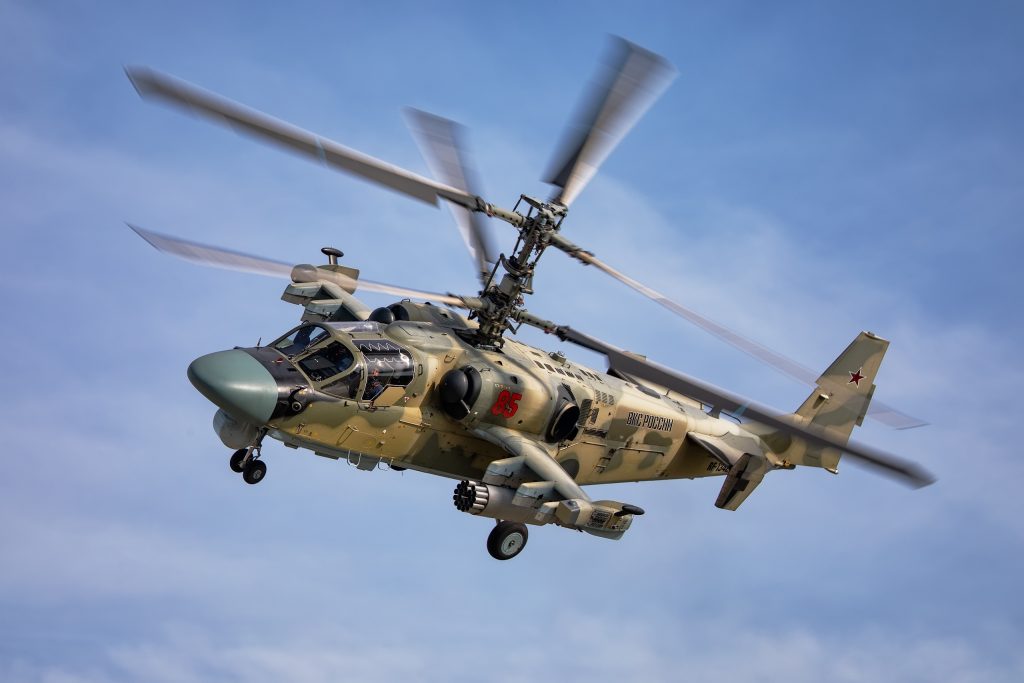
It was a clear day in October when a Russian Ka-52 “Alligator” assault helicopter plummeted from the sky-not as a result of Ukrainian fire but rather due to its own. Reports said that a fighter jet mistakenly perceived the helicopter as a drone and fired at it, killing both members of its crew on the spot. This incident is not an isolated mistake; it is just the latest in a disturbing series of self-inflicted losses, which reveal profound flaws in Russia’s air defense and combat identification systems.
Since the beginning of Russia’s full-scale invasion of Ukraine, at least 17 incidents of friendly fire against its aircraft have been documented, from advanced Su-35 fighters to the prized A-50 surveillance planes. Not only are these losses extraordinary in terms of the hardware alone, but devastating to operational capability, exposing profound weaknesses in training, technology, and battlefield coordination.
This listicle looks at the most telling aspects of those failures by digging into battlefield reports, defense analysis, and insider accounts to figure out why Russia’s own arsenal is increasingly turning against its forces and how such mishaps play into evolving drone warfare and propaganda narratives.
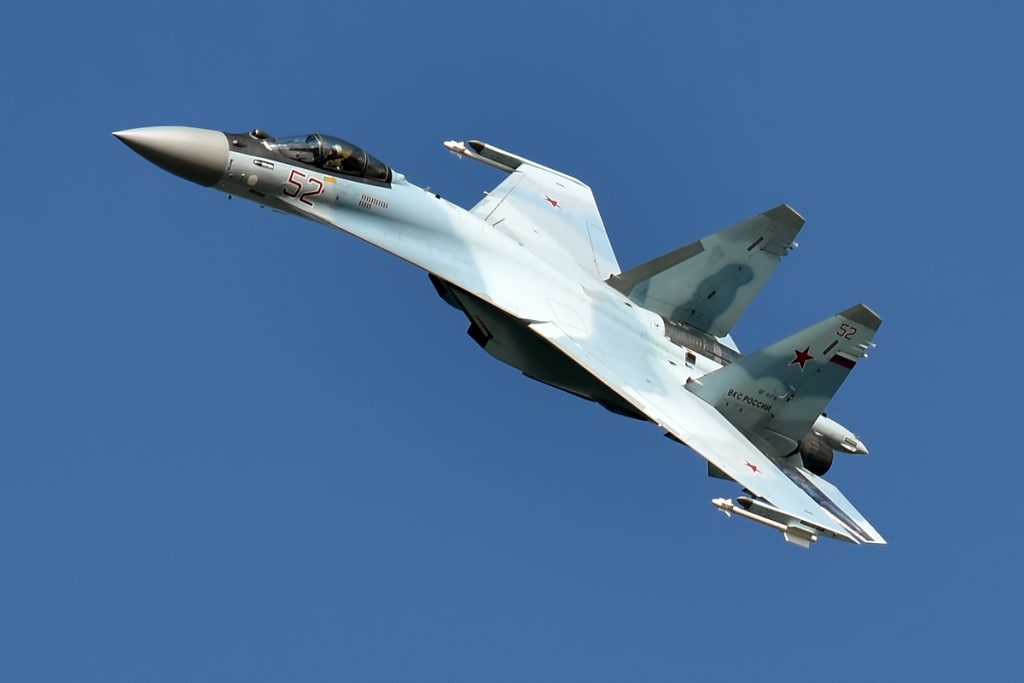
1. A Growing Tally of Self-Inflicted Losses
This adds up to 12 airplanes and five helicopters destroyed by friendly forces in the time since February 2022. Among them are four Su-35s, three Su-34s, two A-50 airborne early warning planes, and several kinds of rotary-winged aircraft such as Ka-52s, Mi-24s, and Mi-8s. This incident on October 28 marked the fifth helicopter lost to friendly fire, a stark illustration that these events are not rare aberrations but rather an ongoing operational hazard. The scale of these losses is magnified by the fact that many of the destroyed aircraft are among Russia’s most advanced and scarce assets. Each loss diminishes airpower capability, erodes pilot morale, and signals persistent failures in identification systems and command coordination.

2. Air Defense Identification Failures
Russian surface-to-air systems have built up a track record of misidentification over the years. The downing of MH17 by a Buk system and PS752 by an Iranian-operated Tor-M1 are examples of failures to discern between civilian aircraft and hostile threats. Analysts point out that most such systems have weak target dimension recognition and lack the integration of transponder checks in their launch protocols. Even modernized systems have struggled; the Tor-M1 involved in PS752’s destruction was capable of vertical positioning and nationality identification, yet still failed. This raises serious questions about the reliability of Russia’s “friend or foe” recognition, especially in export models and under high-alert conditions.

3. Training Deficits and Pilot Shortages
“Russia lacks experienced pilots,” strategic analyst Frederik Mertens explained. Many of these pilots have half the amount of flying time common in NATO air forces. This issue is further exacerbated by poor training infrastructure and the use of instructors for combat sorties. This leaves new pilots ill-prepared for complex decisions regarding target identification and engagement. It also extends to a lack of skilled operators in the air defense crews, which increases the chances of friendly fire due to miscommunication or hurried threat assessments. These deficits become lethal liabilities in high-pressure environments.
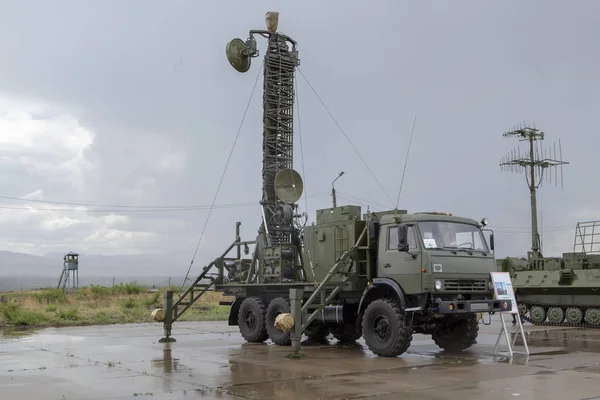
4. The Role of Electronic Warfare Missteps
Friendly-fire incidents have occurred during high levels of EW activity. For example, Russian EW systems have on occasion interfered with their own drone or aircraft operations, which obscured target identity. On occasion, operators turn on jammers without verifying that the aerial object in question is friendly; this procedure has led to accidental engagements. A degree of such EW interference hopefully impairs coordination and reduces the situational awareness that is required to avoid fratricide, especially when there are numerous systems operating across overlapping zones.
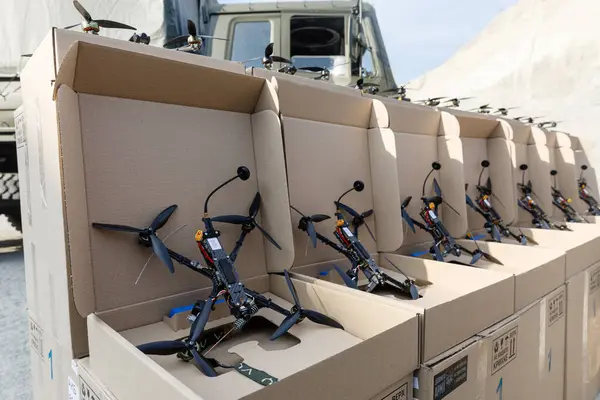
5. Drone Ambiguity on the Battlefield
The Ka-52’s destruction was reportedly triggered by its misidentification as a Ukrainian UAV. That reflects a broader challenge: Russia’s battlefield is now crowded with both friendly and hostile drones, many of which share similar flight profiles and radar signatures. Without precise identification protocols, manned aircraft risk being mistaken for unmanned threats. The proliferation of both FPV drones and loitering munitions has further blurred the lines dividing air threats, making the rapid-fire decisions that air defense crews must make more susceptible to fatal errors.

6. Propaganda’s ‘Friendly Fire’ Spin
Whenever high-value assets like the A-50 are lost, Russian propaganda often frames the cause as friendly fire a sort of “lesser evil” compared to admitting Ukrainian capability to strike deep behind lines. As military analyst Alexei Kopytko says, acknowledging Ukraine’s reach would have a strong demoralizing effect on occupation troops. By controlling the narrative, the Kremlin doesn’t concede technological inferiority, even if that means public acknowledgment of self-inflicted damage. It saves morale but doesn’t correct the operational flaws.
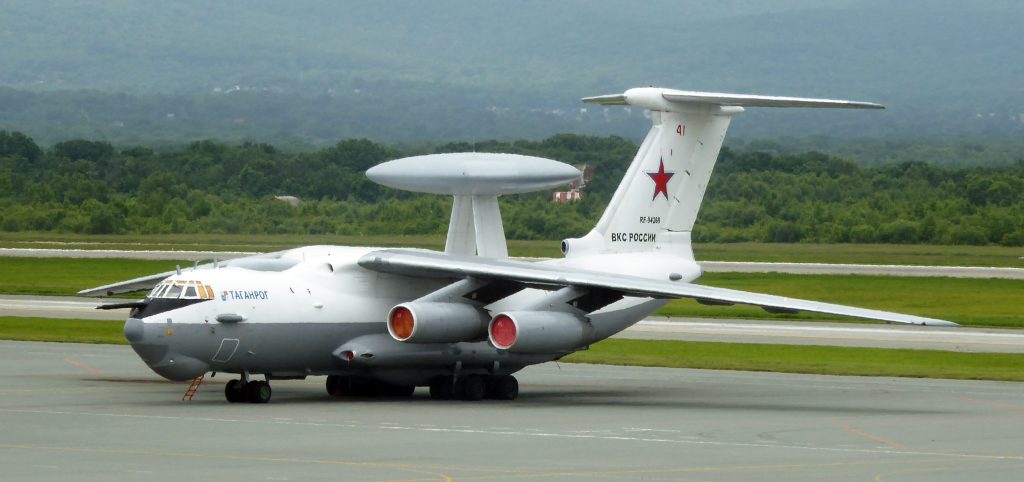
7. Tactical Blind Spots in Rear Areas
Some friendly-fire cases happened far away from the front lines, in places where aircraft routes should have been well known to defenses. Incidents involving the A-50 and Il-22M11 took place 150-200 km from combat zones above Russian-controlled territory. According to analysts, such locations should minimize identification errors, yet failures still occurred. It also suggests systemic issues with route tracking and coordination between air defense and aviation units-not just chaos on the front line.

8. Lessons from FPV Drone Operations
FPV drones have demonstrated just how easily aerial assets can be mistakenly identified. In Ukraine, interference, technical faults, and poorly trained operators were reasons given by volunteer operator Jakub Jajcay for why FPV missions often fail. Similar factors might contribute to Russia’s inability to distinguish friend from foe in mixed drone-aircraft environments. The fast addition of fiber-optic drones, immune to jamming but more difficult to maneuver, further complicates identification, raising the danger of misjudgment when both manned and unmanned systems operate in the same contested airspace.
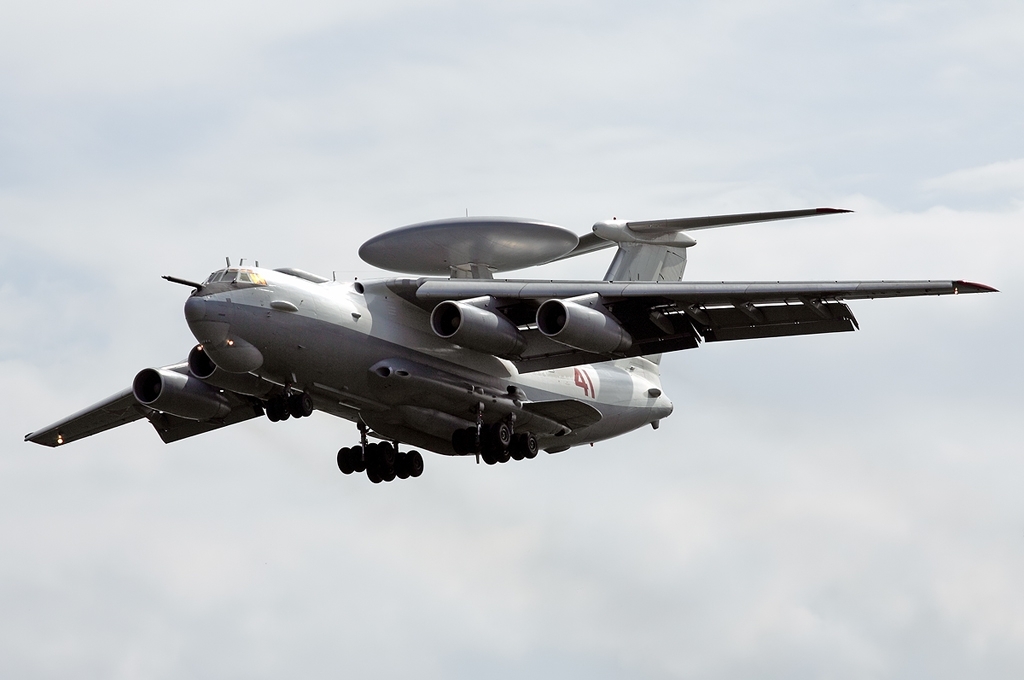
9. Strategic Cost Beyond Hardware
It’s not just a material setback to lose advanced aircraft to friendly fire. A platform like the A-50 serves as a critical intelligence hub, linking battlefield data to command decisions; its crews are highly trained specialists whose skills cannot be replaced quickly. Each incident thus represents an added loss: the loss of rare hardware, the death of irreplaceable personnel, and erosion of operational capability. These costs reverberate within Russia’s military structure, ultimately limiting its ability to coordinate complex operations and respond to evolving threats.
Russia’s growing friendly-fire incidents uncover a hazardous confluence of poor training, flawed identification systems, EW mismanagement, and battlefield confusion in the drone age. Propaganda might soften the blow by branding them as accidents, but the strategic reality is very clear: every self-inflicted kill erodes airpower, siphons off morale, and opens up chinks which an adversary can exploit. If left without systemic reform in training, technology, and coordination, these expensive mistakes are very likely to continue-and with them, the steady attrition of Russia’s aerial strength.
